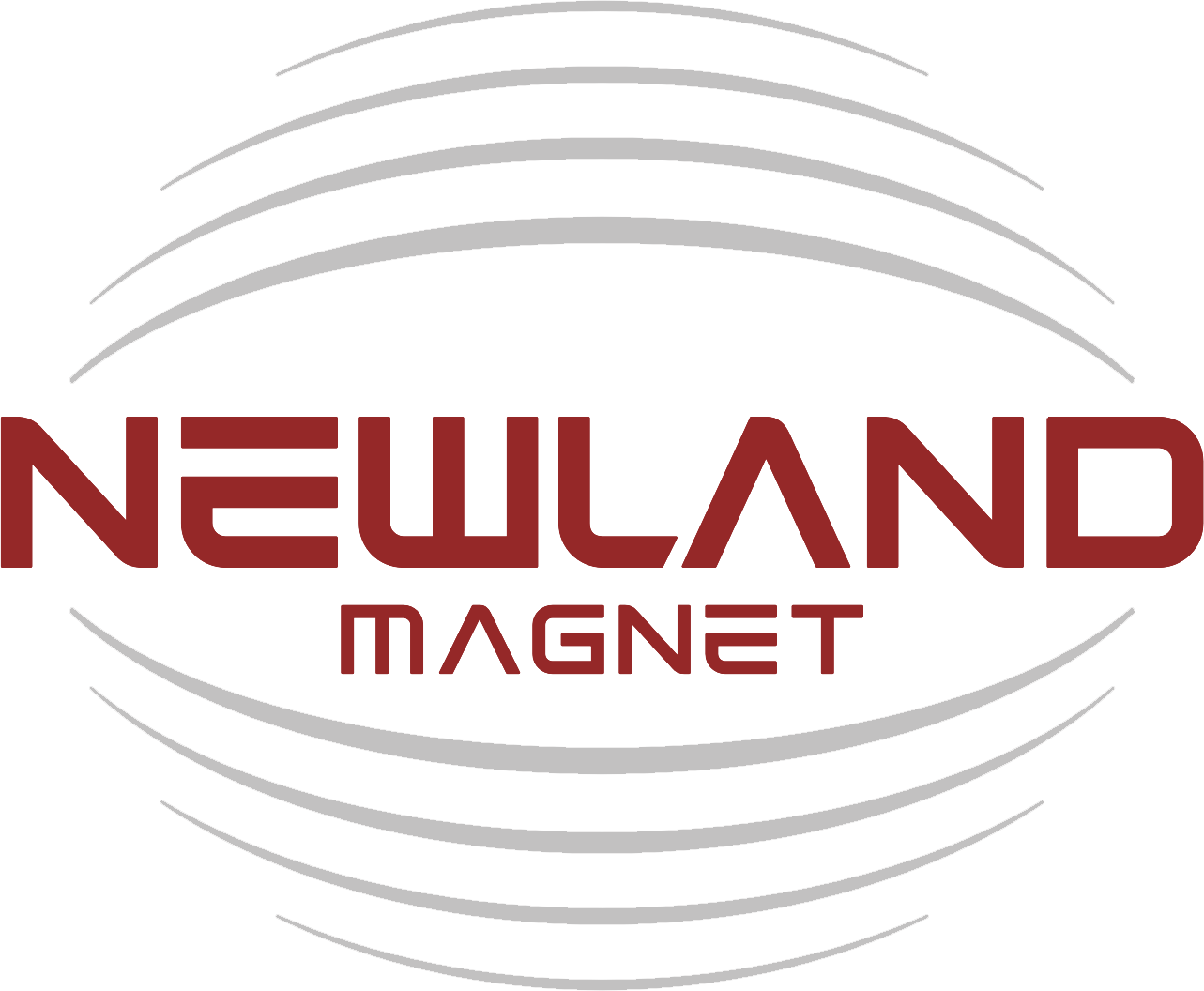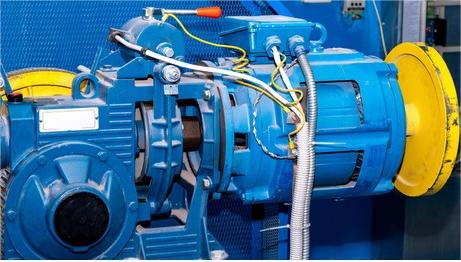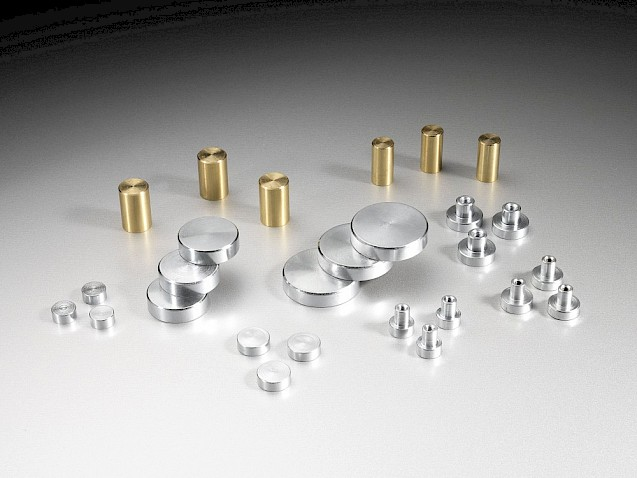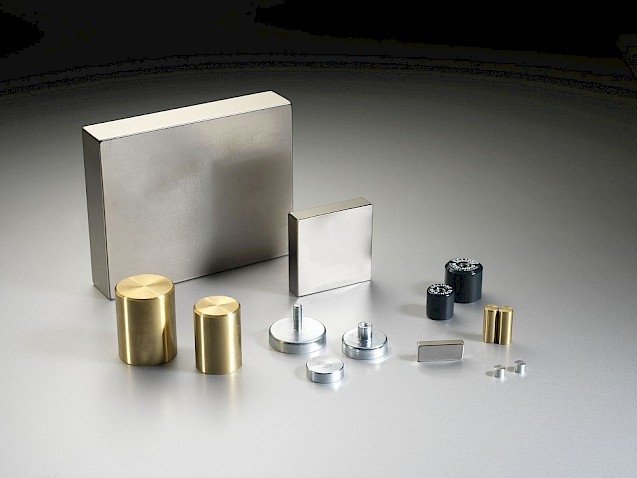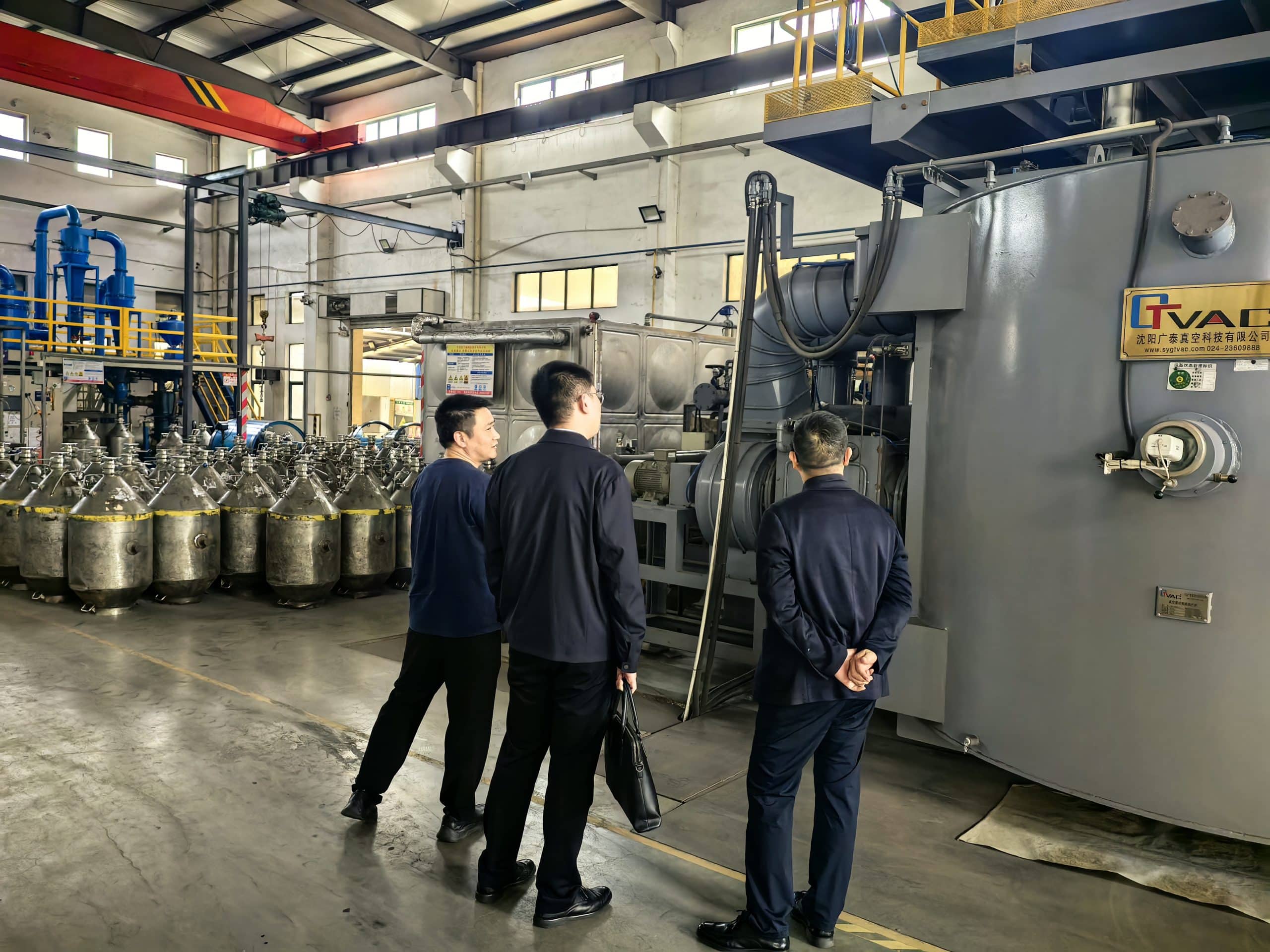The Introduction of Permanent Magnet Motors in Elevator Traction Machines
Introducing permanent Magnet motors in the traction machines is a prominent technological progress in the elevator industry. There are various advantages of using these permanent magnet motors in the traction machines of elevators. The design of the elevator traction machines becomes compact and the operation is efficient with these permanent magnet motors. The Elevator Traction Machines require almost no maintenance due to their compact and efficient design. The Permanent magnet elevator traction machines are light in weight and occupy less space as compared to the conventional elevator traction machines. The design of the elevator is simple and has no gears for the operation so no noise is produced. Modern elevator systems are generally designed based on the compact and efficient design of the traction machines. The current blog provides information about the introduction of Permanent Magnet motors in the manufacturing of traction machines and design factors important for the selection of suitable magnets for motors.
The permanent magnetic traction elevators are eco-friendly, energy-efficient and environment-friendly solutions and also comply with national and international standards. The operation of these elevators is comfortable and smoother due to bearing less technology. The uses of permanent magnetic elevators can be increased with the progress and development of the elevator industry and permanent magnet technology.
Working of Permanent magnet motors in elevator
In the Permanent Magnet Motors, a torque for driving the elevator is generated by interaction of permanent/constant magnet field with magnet field generated by the current in stator. The additional power source is not required due to permanent magnetism of the motor. Now a days, Permanent magnet motors are preferred over the conventional motors. The parts of the permanent magnet elevator traction machines are of complex and simple nature. The main components are control systems, encoders,traction wheels, brakes and permanent magnetic motor. The main source of power in these machines is permanent magnet motor works on the principle of magnetic locking between Stator poles Rotor poles. The traction wheel is important part of the machine converts the rotational motion of the motor into linear motion of the elevator and with the help of wire rope it is linked with elevator car. The brake of the traction machines helps to keep the elevator in the defined location when required. The position and speed of the motor is monitored using the encoder and it provides the feedback to the control system so that operation can be run effectively without any interruptions. The major component of the permanent magnet traction elevator is control system because it controls and monitors all the operations and process of the system. The precise and smooth operation of the system is ensured by this control system by collecting the information from the encoder. The control system can turn off or on the system when any error or problem occurs in any part of the machine.
The operational advantages of Permanent Magnet traction elevators are enlisted and described below:
Lightweight and compact Design:
The lightweight and compact design of the permanent magnetic traction elevator is due to high power density of Permanent magnetic motors. This type of elevator can be accommodated in space constrained locations due to its compactness.
High Performance:
The PM motor uses less energy as compared to the conventional motors this is the reason that PM motors have higher efficiency and performance. The high efficiency of the motor makes the operation of elevator cost-effective.
Accurate Controlling operation:
Permanent magnet motor provides reliable and smooth operation because it has accurate control over the torque and speed. The control system of the machines collects and monitors the data or information regularly.
Less Maintenance:
The Permanent Magnet motor requires less maintenance due to fewer moving parts and making it cost effective.
Energy efficient:
The operation of the permanent magnet elevator traction machine is very energy efficient because power is produced mainly due to magnetic force. The conventional systems consumes almost 25 percent more energy than this permanent magnetic traction technology.
Low noise:
The low noise is produced during the operation of Permanent magnetic traction elevator because it contains less gear and moving parts. The level of the noise is decreased upto maximum 10 decibel by using the permanent magnetic motor in the elevator as compared to the conventional systems. The passengers feel very comfortable and less environmental pollution is produced during the operation.
Different types of Magnet used in Traction Machines
Ferrite Magnet:
Ferrite magnets are permanent magnets commonly known as ceramic magnets used for large scale production due to corrosion resistant and cost effective property. These magnets are manufactured from metal elements (strontium or barium) and iron oxide. The magnet performance of these type of magnets is lower and low cost makes it suitable for the applications like traction machines.
SmCo Magnet:
SmCo magnets are the type of strong permanent magnets manufactured with the cobalt and samarium elements. SmCo magnets have corrosion resistance, excellent magnetic energy and temperature stability. The property of excellent temperature stability makes these magnets suitable for high temperature applications. These magnets can be used in the atmosphere of temperature upto 350 0C. They provide the reliable and efficient motor operation in the harsh and difficult conditions.
NdFeB Magnets:
NdFeB Magnets are the strongest permanent magnets manufactured from alloy consisting of boron, iron and neodymium. They have high remanence and high magnetic energy which approaches to 50 MGOe. The high magnetic performance of these magnets make suitable for the applications in the motors of traction machines. The power output and efficiency of the motor are increased with the use of NdFeB magnets. Newland Magnets provides NdFeB magnets in different range of H and AH complying with national standards. The excellent magnetic products provided by the company has built the trust among the clients.
AlNiCo Magnets:
These permanent magnets are produced by alloying aluminum, Nickel, Cobalt and other elements. They have excellent corrosion resistant and temperature stability properties. While the magnetic performance of AlNiCo magnets is lower than SmCo and NdFeB magnets. But the AlNiCo magnets are cost effective as compared to other magnets in the markets.
How to select magnet for Permanent Magnet Motor?
The selection of magnet for permanent magnet motors of elevators is done by comparing the properties and quality of the magnets. The NdFeB (Neudymium Iron Boron) are the most commonly used magnets for Permanent magnet motor of the elevator due to strong magnetic durable properties.
Important consideration for the selection of magnet
The main considerations or requirements to be noted before the selection of the magnet are as follows:
Strong Magnetic strength:
The magnets should have high magnetic strength because it is very essential for producing the required torque in traction elevators. The magnet strength of NdFeB is very high and suitable for traction elevators. The efficient performance of the motors is maintained with the supply of constant and strong magnetic strength.
High Thermal stability:
The magnets must perform and give efficient operation in different temperature conditions. The properties and characteristics of the magnets should not change with the temperature change but also remain constant. The NdFeB magnets are used for elevator traction machinery because they can retain their magnetic properties in different temperature conditions. That is the reason, NdFeB magnets are preferred to other magnets.
Highly Corrosion Resistant:
The magnets used for the traction machines of the elevators should be resistant towards corrosion because when these are exposed to the different cold and humid environment the surface of these magnets gets corroded which highly affects the performance and effectiveness of the traction elevators. The surface of the NdFeB magnets is coated with a layer of epoxy, zinc, and nickel making them highly resistant to corrosion resistant.
Cost effective:
The suitable magnets for the traction machines of elevator should not be too costly but also cost-effective. The NdFeB magnets are costly but the magnetic efficiency and performance of these magnets are best among all the magnets. So NdFeB magnets are the preferred choice of the clients due to their strong magnetic properties and performance.
The introduction of Permanent magnetic motors in elevator traction machines is major progress in the elevator design industry because reliable, cost-effective, noiseless, and efficient elevator operation could be possible. The process of elevators has become so reliable that there is almost no need for other energy sources. The performance and effectiveness of the Permanent magnet motor elevator depends upon the right selection of magnets. The selection of the magnets should be done by considering and analyzing the properties of the magnets. Good magnets have high magnetic strength, are corrosion resistant, thermally stable against severe temperature conditions, and cost- effective. The NdFeB magnets have all the properties necessary for the efficient, reliable, and high performance operation of the elevator. The importance of permanent magnet motors for elevation traction machines has been increasing due to the increasing demand for reliable and efficient elevator systems. We at Newland Magnetics are highly motivated by the provision of efficient and cost-effective magnetic solutions to our customers considering the increasing demand for Permanent magnetic traction elevators.
